Taxus baccata (English Yew, Irish Yew)
Michael's Opinion
Highly versatile as a landscaping plant. Fairly hardy, with many well-documented specimens such as the Fortingall Yew in Perthshire, Scotland or the Llangernyw Yew in Clwyd, New Zealand; the latter of which is nearly 1500 years old. Coincidentally, Yew wood has been an absolute staple in human history, up to the present - particularly in regards to archery equipment, wood tools and furniture. Although some may consider the poison it and Yew cultivars inherently possess to be problematic, the tree also contains a myriad of chemicals (including the poison) that are highly useful in treating a full spectrum of minor and debilitating medical issues. Some countries even have the trees protected under law for reasons pertaining to research, cultural, and religious significance.
Botanical Information
| Family | Taxaceae |
| Genus | Taxus |
| Species | baccata |
| Category | Woody |
| Type | Tree (evergreen) |
| Origin | Native to many places, ranging from Europe to the Himalayas. |
| Pronunciation |
Details
| USDA Hardiness Zone | 6b - 7a |
| USDA Hardiness Ref. | |
| Canadian Hardiness Zone | 6b - 7 |
| Canada Hardiness Ref. | |
| RHS Hardiness Zone | H6 |
| RHS Hardiness Ref. | |
| Temperature (°C) | -21 - (-15) |
| Temperature (°F) | -5 - 5 |
| Height | 10 - 20 m |
| Spread | 5 - 9 m |
| Growth | Slow |
| Flowering Period | March |
Description and Growing Information
| General Description | Taxus baccata is an evergreen tree with thin, flaky, scaly and furrowed bark and dark green leaves with lustrous uppers. The best specimens are found in old English graveyards. |
| ID Characteristic | Dense branching with a broad, rounded or shrubby form. Foliage is dark green and bark is red-brown and furrowed. Needles are 1.25 - 2.5 cm long, usually spirally arranged. |
| Shape | Upright, multi-stemmed tree with a dense, loosely pyramidal form that gradually weakens as the plant ages. Ranging from 9-18m in height, and 4.5-6m in canopy spread. Tight groupings of branches and foliage that rapidly thin out as they connect to the trunk. |
| Landscape | Taxus baccata by itself is not particularly fascinating in form, but does have a certain majesty to it. It is commonly found in graveyards, churchyards, and old parks around the British Isles, and is common on large manors where massive, dense and well-manicured Yew hedges exist. It serves well as a shade tree, hedge, accent or specimen plant, and can be suitable for some urban planting as well due to its hardiness against pollution. |
| Propagation | Usually propagated from cuttings because they root very easily. Seedlings are seldom propagated due to relatively slow growth. |
| Cultivation | Taxus baccata is not terribly picky about its medium or quality of medium, as long as it is well-drained. It is also quite resistant to pollution, not so much to salt and can experience winterburn if planted in an unprotected location. It is very slow growing, so the wood is rather dense and tough. It responds well to pruning and can make an excellent hedge or decorative specimen. This tree appreciates just about any amount of light, including full shade. Performs well in just about any media, so long as there is proper drainage; does not react adversely to fairly alkaline or acidic soils, and can tolerate a leaner medium. Fairly drought tolerant and prefers a dryer soil. Can thrive in moist soils but does not enjoy a saturated medium, and will suffer if is left in that environment. Fairly temperature hardy, but prolonged freezing cold and hot humid periods can cause stress. Will gladly grow in lean soil and can even thrive if all other conditions are accounted for, but will do much better with slow, regular feeding. |
| Pests | Possible problems include: Taxus mealybug and/or scale, black vine weevil, and yew-gall midge. Phytophora can be problematic in damp, mild conditions. In severe winter, the foliage is prone to desiccation or 'winter burn'. |
| Notable Specimens | Westonbirt, The National Arboretum, Tetbury, Gloucestershire, England. Chelsea Physic Garden, London, United Kingdom. Stourhead Gardens, Wiltshire, United Kingdom. |
| Habitat | This tree is particularly common across much of Southwestern Europe, with a significant number of incredible specimens residing throughout the British Isles. In nature, the English Yew is limited in its size by the geography of its location, despite being dominant in their environment; because of this, they do not typically develop to be as large as some popular specimens in cultivation. They are still fairly large and can be extremely old, due to their resistance to disease and pests and overall hardiness combined with the lack of human interference. They can be found most commonly in shallow, dryer soil topping chalk or limestone slopes but have been found to be growing on more fertile soils where there is no significant dominant species already present. |
| Bark/Stem Description | Uniquely reddish-brown, usually thin and furrowed. On mature plants the bark trunk often becomes scaly, flaky and fluted. |
| Flower/Leaf Bud Description | The flowers on this plant are unremarkable, resembling small, green buds with scales for females before fertilization. Male flowers consist of a similar whitish scaly bud. |
| Leaf Description | Needles have a black-green upper and yellow-green underside, 1 - 2.5 cm long with curved margins and a prominent midrib. They are spirally arranged, spreading in erect shoots. |
| Flower Description | Dioecious, male strobili (cones) arise from leaf axils on the bottom of the branchlets of the previous year's growth. Each branchlet consists of 6 - 14 stamens with short filaments. |
| Fruit Description | Fruit are olive-brown, about 5 mm long, usually biangular (rarely triangular or quadrangular). The seed-covering (arial) is red and rounded. |
| Colour Description | When young, the branches are a lighter brown due to the thinner bark, alongside the main stems which are only marginally darker. As the tree ages however, it takes on a greater ratio of dark and light browns - particularly on the trunks, with the branches being a bit darker overall. Occasional red clusters of berries dot the darker green foliage. |
| Texture Description | Scaly, slightly exfoliating bark, starting out smoother on new growth and quickly gaining texture with age. The constituent scales are rough, but not incredibly thick or stiff as it is with certain plate-like barks. |
Photographs
Taxus baccata, form. Westonbirt, The National Arboretum, Tetbury, Gloucestershire, England.
Taxus baccata, leaf. Westonbirt, The National Arboretum, Tetbury, Gloucestershire, England.
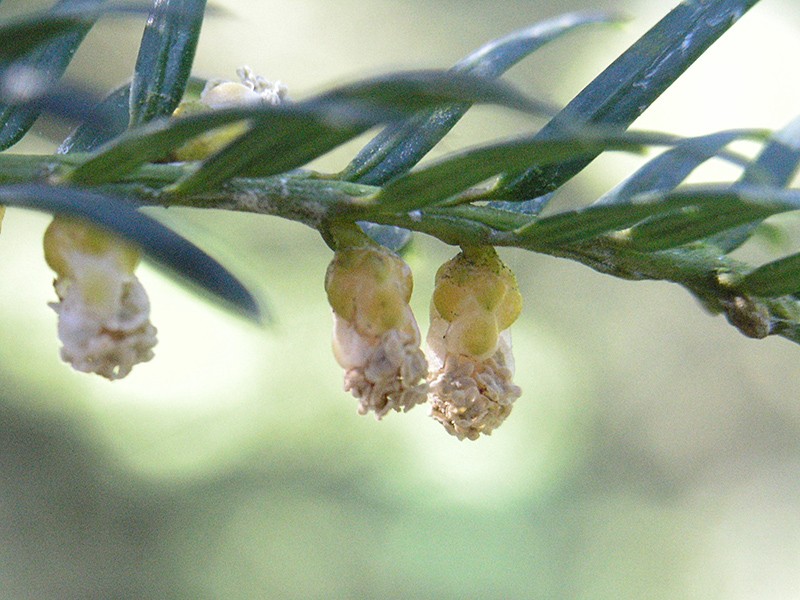
Taxus baccata, flower. Westonbirt, The National Arboretum, Tetbury, Gloucestershire, England.
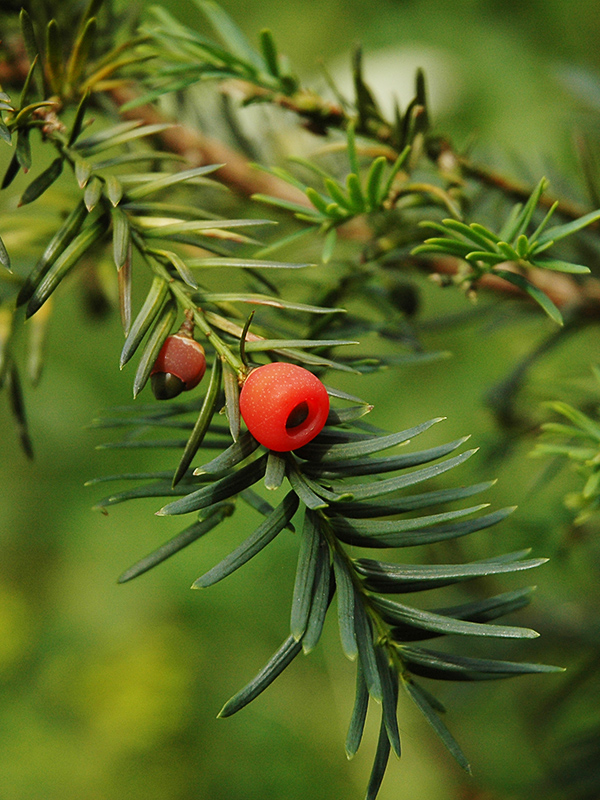
Taxus baccata, fruit. Westonbirt, The National Arboretum, Tetbury, Gloucestershire, England.
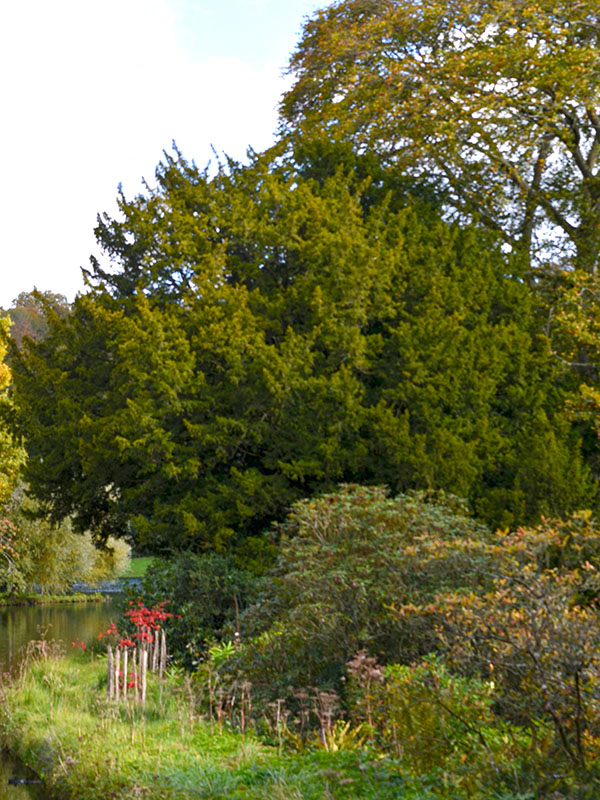
Taxus baccata, form. Chelsea Physic Garden, London, United Kingdom.

Taxus baccata, form. Stourhead Gardens, Wiltshire, United Kingdom. 19/10/2019.
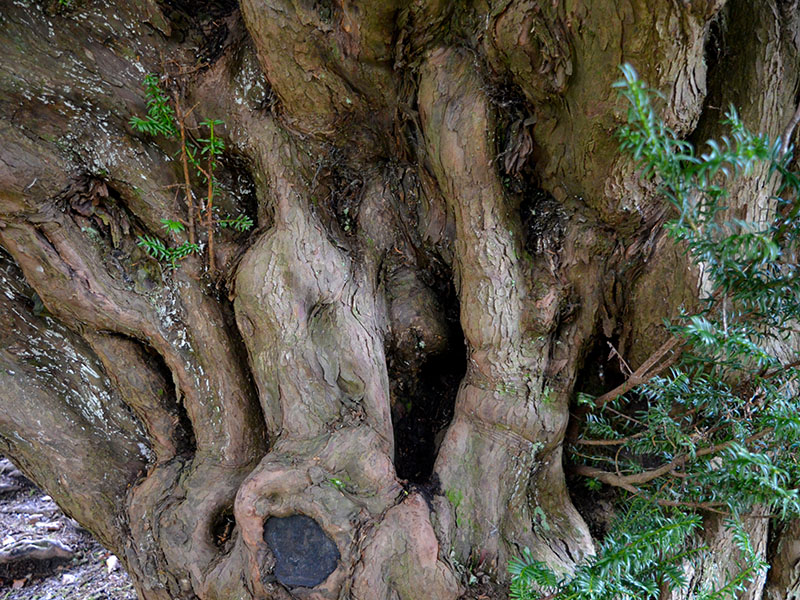
Taxus baccata, bark. Stourhead Gardens, Wiltshire, United Kingdom. 19/10/2019.
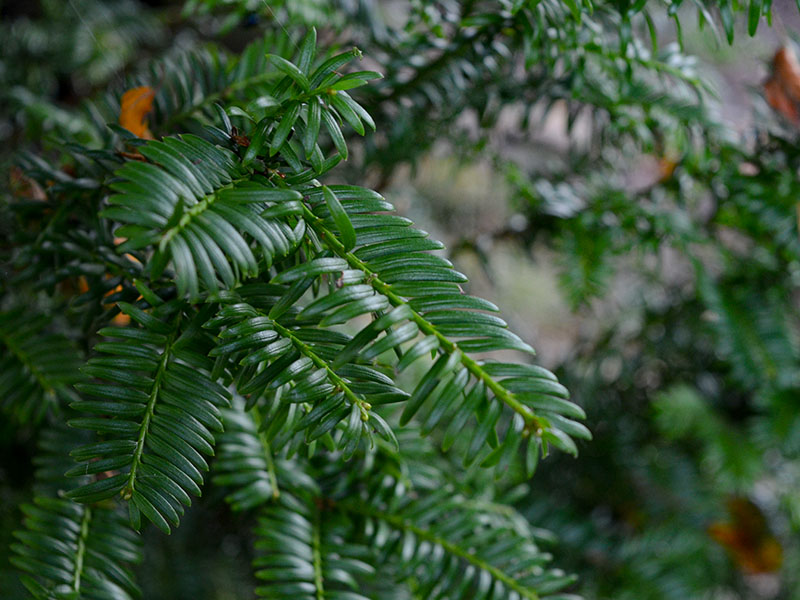
Taxus baccata, leaf. Stourhead Gardens, Wiltshire, United Kingdom. 19/10/2019.
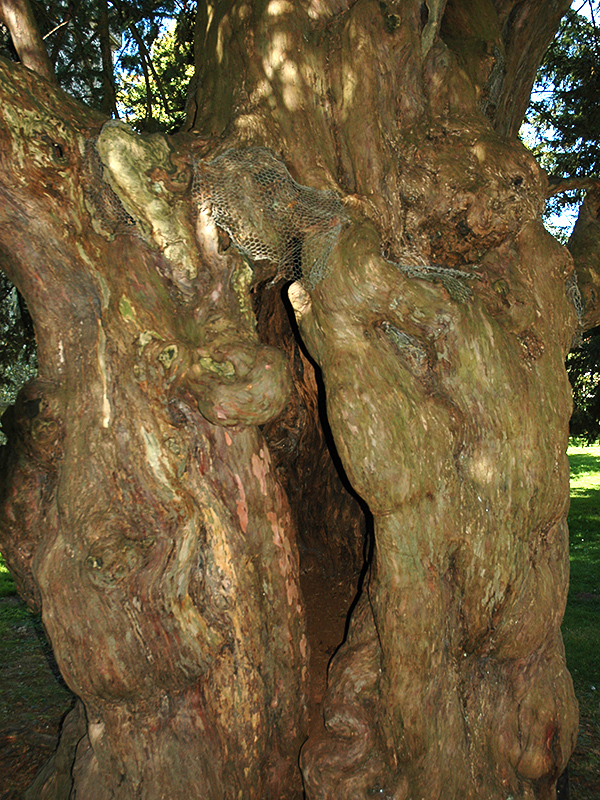
Taxus baccata, mature. Westonbirt, The National Arboretum, Tetbury, Gloucestershire, England.
Taxus baccata 'Adpressa'
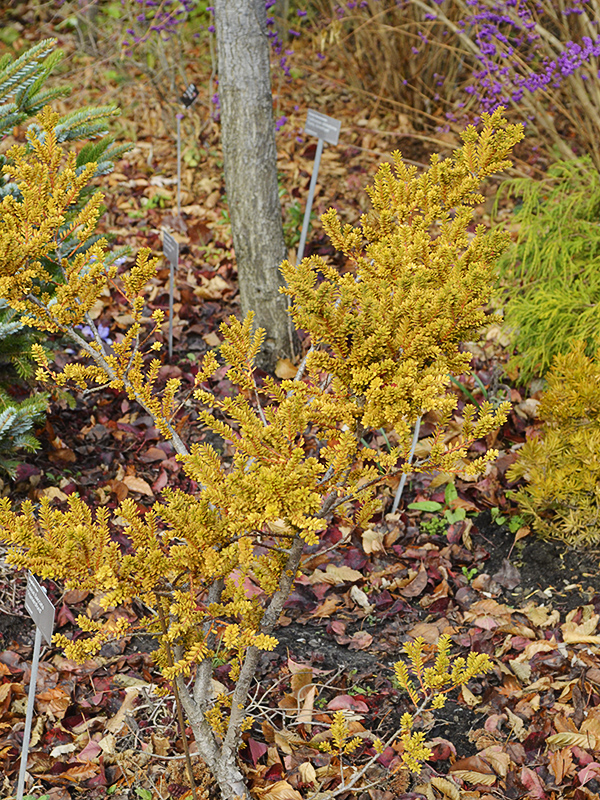
Taxus baccata 'Hamersford'
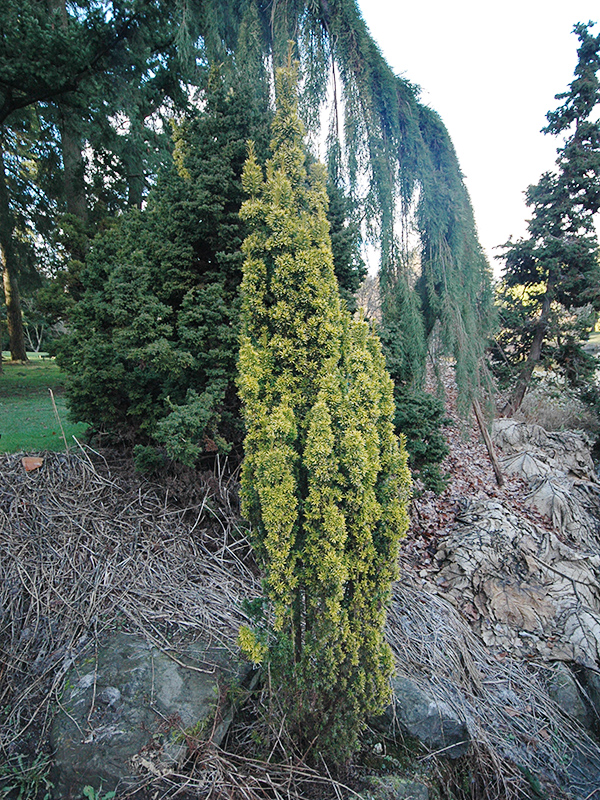
Taxus baccata 'Fatigiata Aurea'
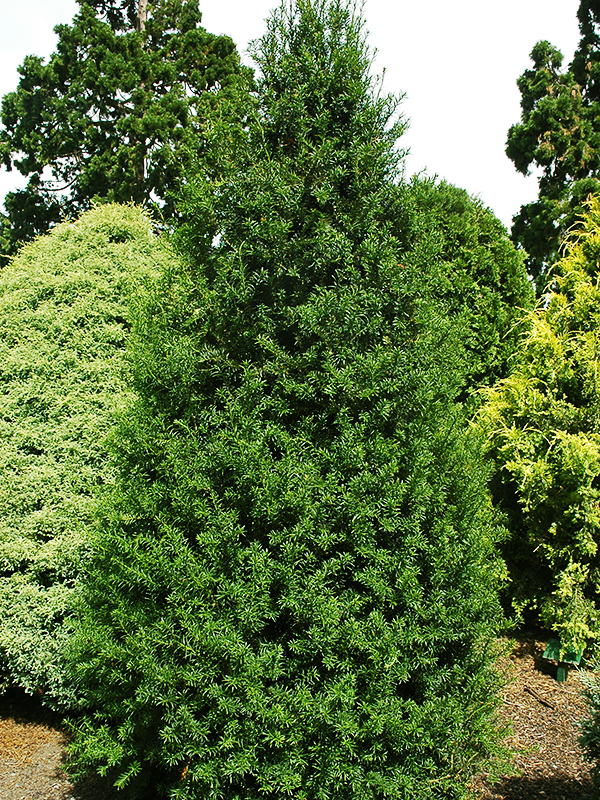
Taxus baccata var. pendula-graciosa 'Overeynder'
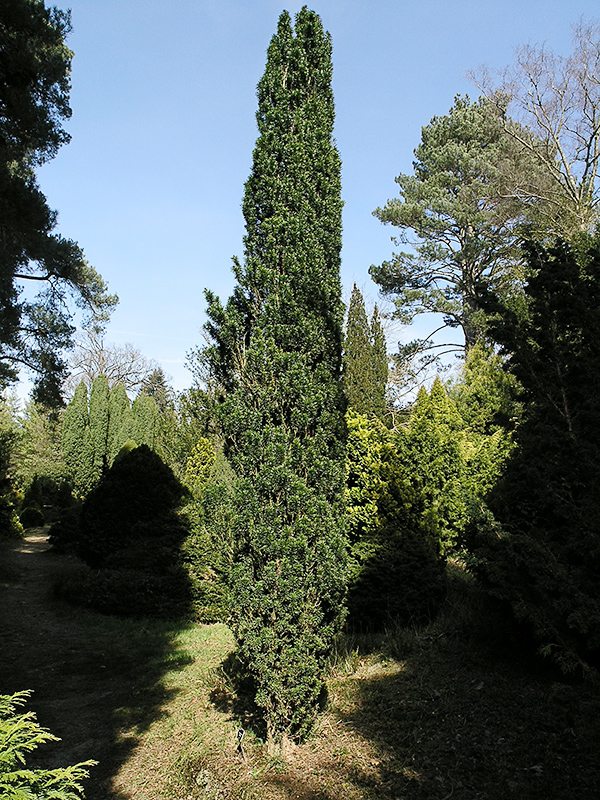
Taxus baccata 'Robusta'
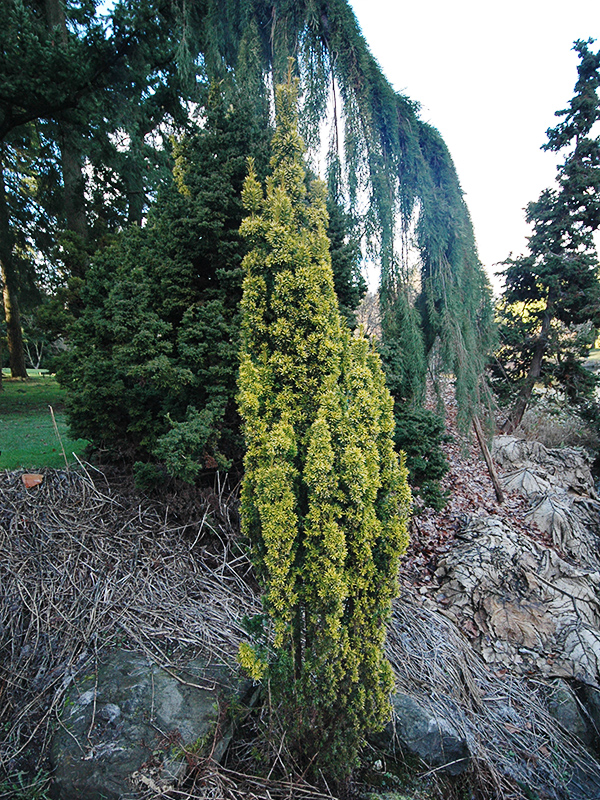
Taxus baccata 'Standishii'
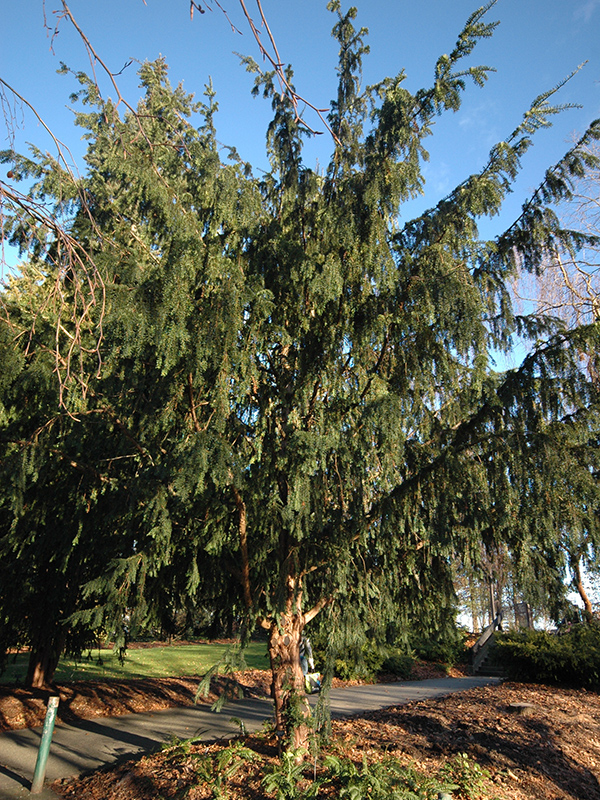
Taxus baccata 'Dovastoniana'

Taxus baccata 'Fastigiata Aureomarginata'
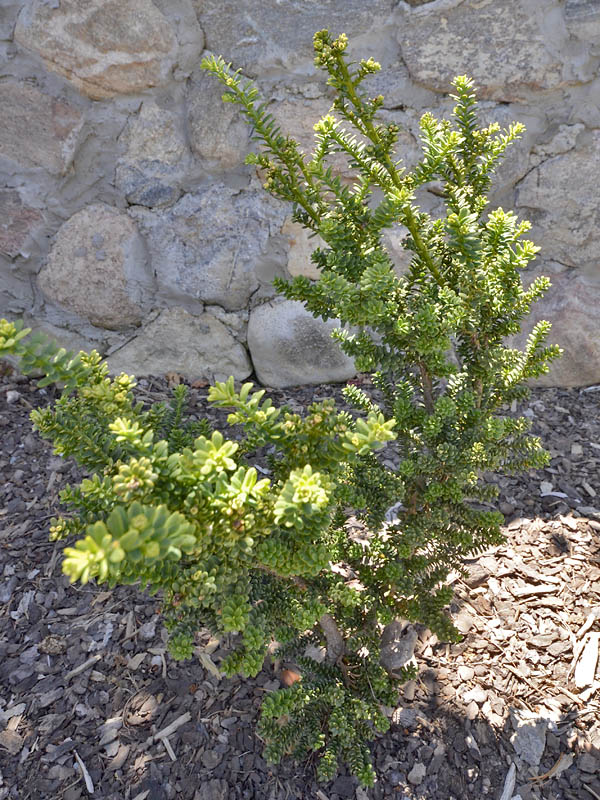
Taxus baccata 'Amersfoort'
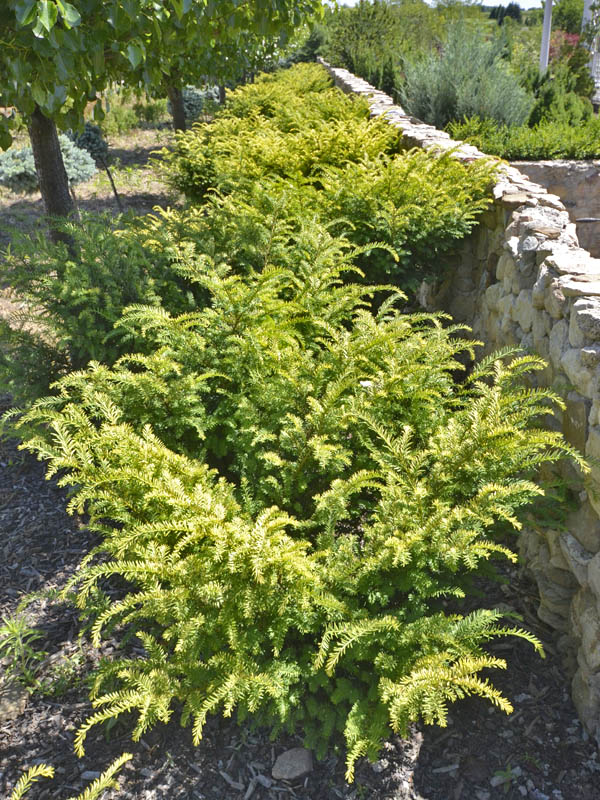
Taxus baccata 'Variegata'
Taxus baccata 'Silver Spire'
Taxus baccata 'Micro' at the RHS Garden Rosemoor in North Devon, England.
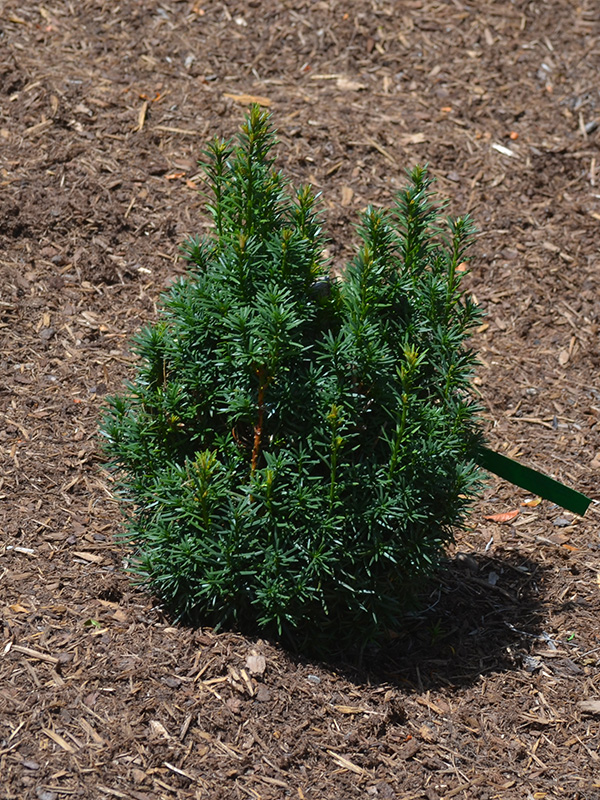
Taxus baccata 'Fastigiata'
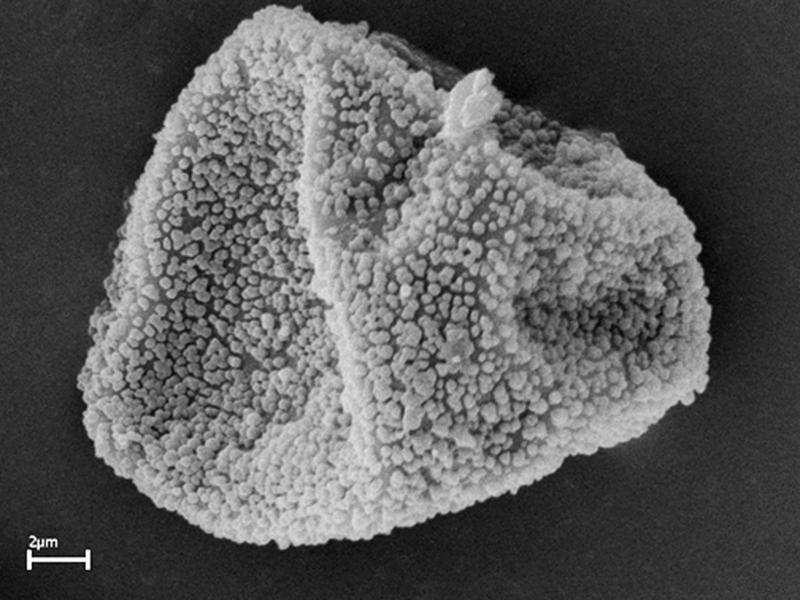
Awards
